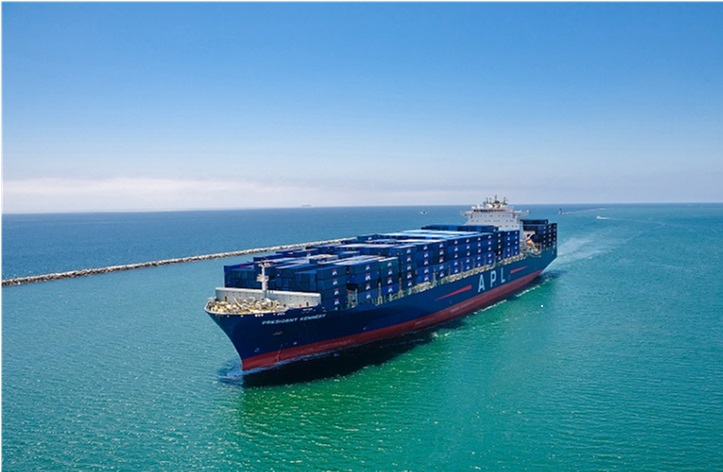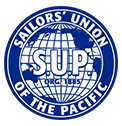The Maritime Security Program

The Maritime Security Act of 1996 (MSA) authorized the establishment of a Maritime Security Fleet under the Maritime Security Program (MSP), which serves as a means for establishing a fleet of commercially viable and military useful vessels to meet national defense as well as other security requirements.
The MSP was originally established in 1996 as a 10-year program for up to 47 vessels in U.S. registry. Reauthorized in 2003, and in 2013 for 10 more years, the number of ships in the fleet was increased from 47 to 60. In 2013, the program was extended to 2025. In 2018 it was extended again.
• The MSP maintains a core fleet of U.S.-flag, privately-owned ships operating in international commerce which are also available under agreement to provide capacity needed to meet Department of Defense (DOD) requirements during war and national emergencies.
• All MSP dry cargo ships are enrolled in the Voluntary Intermodal Sealift Agreement.
• MSP tankers are enrolled in the Voluntary Tanker Agreement.
• Approximately 121,000 20-foot equivalent units (TEU’s), 3.4 million square feet and 666,800 Bbls of tanker capacity are committed to DOD through MSP obligations.
• MSP ship crews are a major source for the DOD surge fleet. The MSP contributes approximately 2,400 mariner positions to the U.S. deepwater seafarer base.
With numerous undeniable benefits and champions at every level of government, it may be hard to imagine why anyone would oppose the Maritime Security Program (MSP). Since the program’s inception more than two decades ago, every U.S. Defense Secretary, U.S. Transportation Command (USTRANSCOM) ranking officer and Maritime Administrator has praised MSP as an essential component of the national defense.


